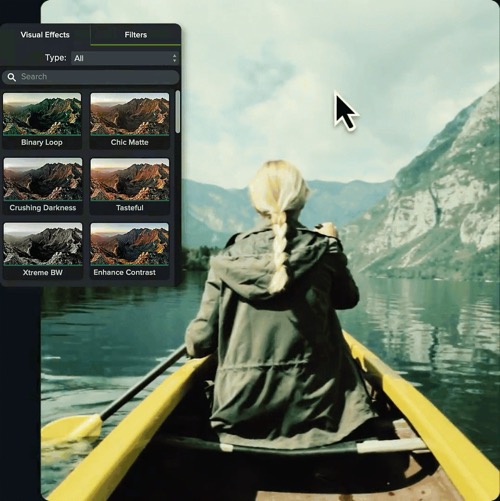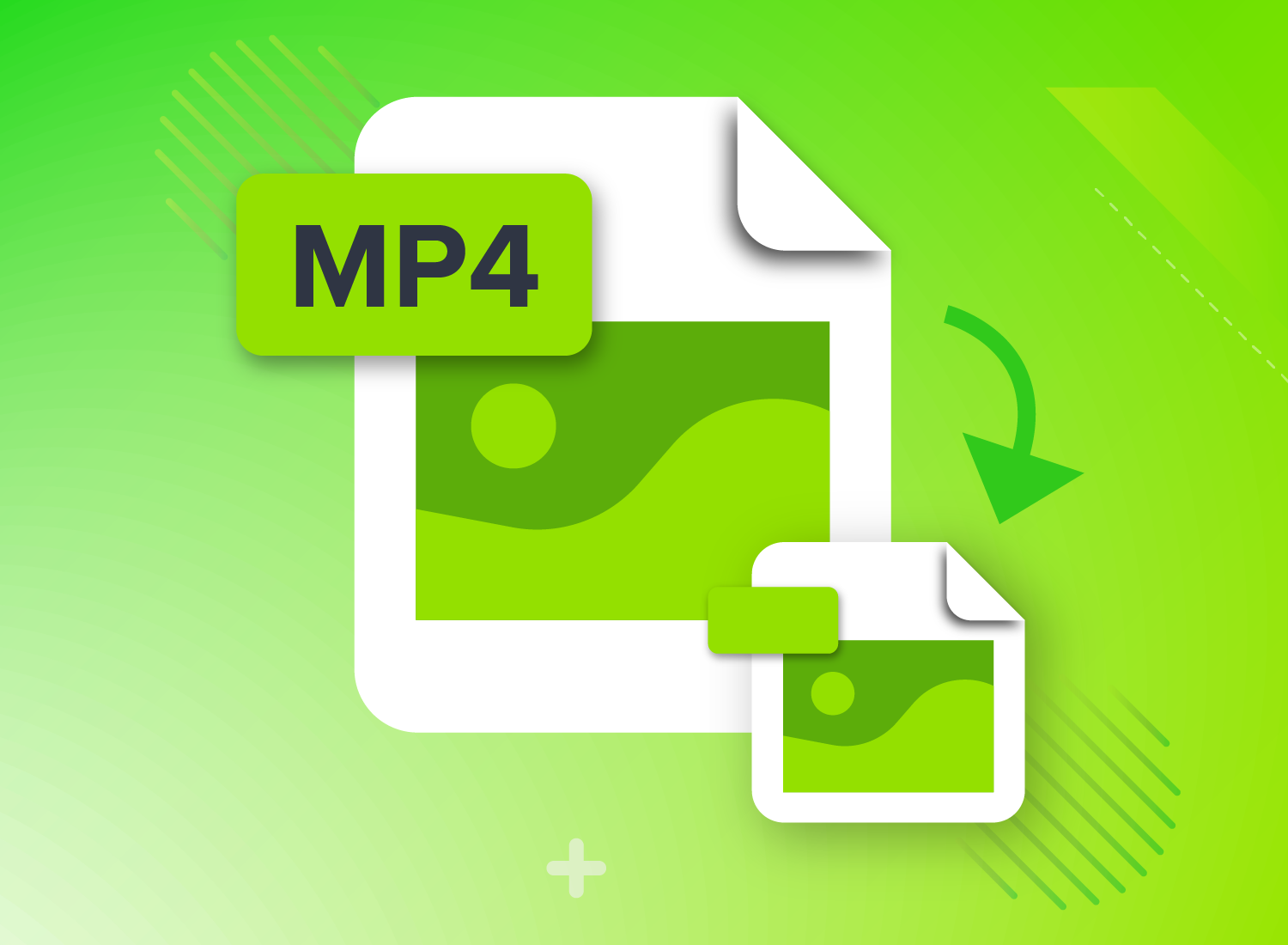Let’s just say it: Large video files are a hassle. First, your computer struggles to get through editing because it can hardly support the file. Then, your video takes forever to render, leaving you twiddling your thumbs. And, just when you think you’re finally done, Google says ‘video file too large to email’ UGH!
There has to be an easy way to reduce video file size.
In this guide, we will explore the reasons why video files are so large in the first place. More importantly, we provide simple solutions to these common problems so that you never have to worry about large video files again!
The field of video compression uses a lot of technical jargon, which makes it hard to know where to start. Thankfully, using video editing software like Camtasia makes reducing video file size fast and easy! In fact, you might not even need to think about it with our automatic features!

Ready to jump in?
Lossy compression vs. lossless compression
These two terms are important to understand before we get started because compression always takes one of these two forms.
- Lossy compression refers to any type of compression that reduces file size by removing data from your video. It’s called “lossy” because your video will lose data with this method. While lossy compression is super common and easy to achieve, it can seriously impact the quality of your video if you overdo it.
We have two tips when using lossy compression. First, since data lost with lossy compression is unrecoverable, save a backup of your video before applying any compression.
Our second tip is to only apply lossy compression after your video is completely finished – you should never edit a compressed video as doing so will destroy your video quality.
- Lossless compression uses mathematics to reduce file size while keeping all of the original data in your video. Lossless videos can be decompressed to the original size at any time without data loss. The quality advantage of lossless compression is great, but it may not be able to compress your video as much as you desire.
When using lossless compression, we recommend that you consider your intent. If you’re posting the video to a platform like YouTube, your video will have lossy compression anyways!
Step 1: Consider making cuts to the video
If you have a long video that contains multiple sections, one of the easiest ways to reduce video file size is to cut it up! Simply cut the video by each section and export them individually. Each file should have a much lower size than before!
If length isn’t the problem, it could be the number of animations and effects you used! Color effects are known to have a significant effect on the overall file size. So, consider removing unnecessary effects to reduce the overall file size!
Takeaway: Adding lots of movement and transitions will cause your file to be larger.
Step 2: Use a smaller video file format
There are many different video formats you could export your finished video into, including MP4, MOV, AVI, WMV, and WEBM. But which one is the best in terms of file size?
MP4 is typically the best balance of quality and file size. Because of this, MP4 is most popular for web-based delivery including YouTube, Facebook, Twitter and Instagram. MP4 uses lossy compression.
MOV is Apple’s native video format, but it is compatible with Windows. It has very high quality options, which makes it a professional standard. Depending on the encoding process you select, MOV can be either lossy OR lossless, which makes it one of the most versatile options on this list.
AVI is Microsoft’s answer to MOV, but it is not compatible with Mac. Developed in 1995, it is one of the oldest formats in existence. Like MOV, AVI can be either lossy and lossless based on the encoding process you choose.
WMV is the only format that beats MP4 in terms of compressed file size. However, the video quality is poor, and this format is incompatible with Mac. You should only use WMV if file size takes priority over everything else.
Camtasia and Snagit video outputs default to the MP4 file format. We recommend using MP4 in the majority of cases for online sharing.
But if quality is your highest priority, we recommend working with either MOV or AVI during the editing process. You can decide which compression method suits you best later on with the comfort that no data is being lost while you edit.
You may be wondering about the codecs and containers of these formats ーwe have a whole article on that! Understanding Video File Formats, Codecs and Containers.
Takeaway: Use the MP4 file type to keep quality and reduce file size.
Step 3: Use smaller dimensions and thoughtful captures
The resolution of a video determines the size in height and width that the video will be created in. In Camtasia, you can change the project settings to produce your video at any desired resolution. Just remember, larger resolution videos will dramatically increase file size.
- A video that is 1920 x 1080 (1080p) will have a larger file size than a video that is 1280 x 720 (720p).
- Some screen recordings taken on high density displays can even produce videos at or above 3840 pixels × 2160 (4k).
So, don’t record your entire screen unless it’s necessary. Better yet, consider using zoom-and-pan actions while editing your video. This way you can scale the video down, which helps focus the viewer’s attention on a specific portion of the screen.
Takeaway: Export at a suitable resolution for your project. If you try 1080p and the file is too large, try 720p instead!
Step 4: Lower the frame rate
What is frame rate? The short answer is that frame rate describes how many frames (still images) are shown per second. For an in-depth discussion, take a look at our beginners guide to frame rate!
Most films are shot at 24 fps. Home videos and camcorders typically default to 30 fps. Some mobile phones even default to 60 fps! Which is best? That’s a subjective question and depends on your intended audience.
The custom production settings in Camtasia allow for between 1 and 30 frames per second (fps). While the default, 30 fps, is standard for video, if you’re looking to get more cinematic you can lower it to 24 fps. And if you recorded on your phone, definitely change it from 60 fps to 30! This should considerably reduce your file size.
Takeaway: Use the frame rate that is right for your project, either 24 or 30. Remember that higher frame rates will cause larger videos!
Step 5: Compress your audio
Sometimes audio can create larger file sizes, though most of the time recording devices and software will compress your audio so as not to create large file sizes. In addition, it is very rare that uncompressed audio is going to make an audible difference to your viewers.
After you’re done editing your video, make sure to export with compressed audio. Default outputs for Camtasia and Snagit MP4 format uses AAC audio compression which has a good combination of sound quality and file size.
Takeaway: Compress your audio on export. It’s rare to need uncompressed audio in most projects. Take a look at our audio best practices.
Step 6: Put your file in a zipped folder
When you’ve finished editing your video with all these optimized settings, the only thing left to do is create a zipped folder for the video file!
On both Mac and Windows, zipped folders use lossless compression. So, you don’t need to worry about losing any quality on your final take. You can upload zipped files to Google Drive, send them via email, and easily share them across operating systems.
Creating a zipped folder on Windows
To create a zipped folder on Windows, simply right-click your video file, then select New > “create zipped folder.”
Creating a zipped folder on Mac
Simply select your file, right-click to bring up the context menu. Then, click “Compress”
Conclusion
Hopefully these tips will help you reduce the file size of your video. If you’re ready to try it yourself, download Camtasia! Let us know how it goes on Facebook or Twitter!







Share